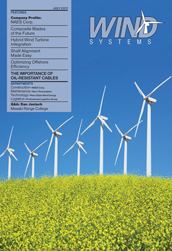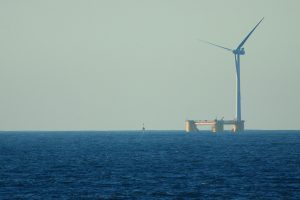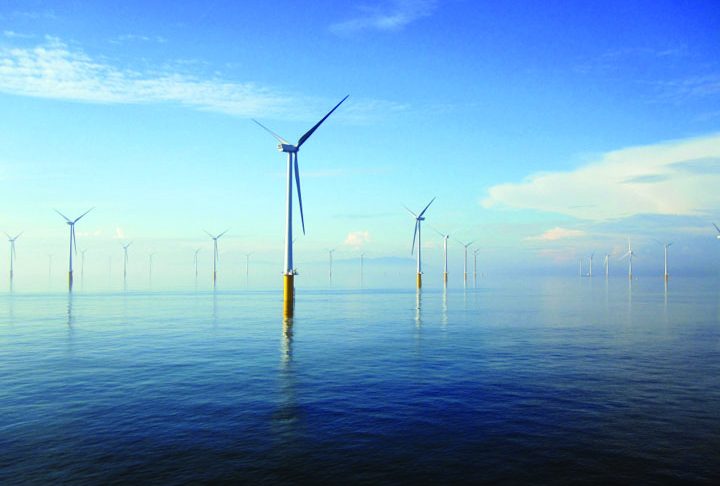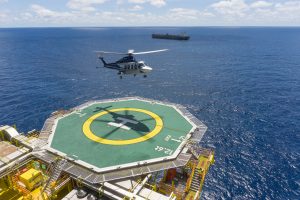Once your wind farm project becomes approved, you will eventually need to decide what construction strategy you will use. Many developers have traditionally gone with the Engineer, Procure, and Construct (EPC) or “turnkey” approach. However, the General Contracting (GC) method is another basic approach that is easily adaptable to the wind industry and has seen success on a number of projects. Both methods have their own advantages and disadvantages, as well as multiple variations that address specific shortcomings.
The EPC model has typically been the one of choice in the wind farm industry. This model usually involves using a sole source contractor to provide all of the engineering, procurement, and construction for the entire project. The greatest advantage to this method is the convenience it offers to the developer. This method is usually termed turnkey, as in many cases the project is as simple as handing over a check and then waiting the allotted time to get the keys to your brand-new wind farm. Besides the turbines, the construction cost is your next largest expenditure generally making up 25-30 percent of the overall project cost. Unlike the turbine purchase, the construction phase may involve hundreds of assorted subcontractors and vendors, so developers rely on the EPC contractor to pull that together and give them a singular price.
The disadvantage is often tied to the price tag, since the EPC contractor must include additional contingencies for all of the unseen risks that they may encounter during the engineering and construction process. Some of these costs can be offset through the efficiencies and buying power of the EPC contractor. However, most costs are pushed back onto the developer. The percentage of risk that is transferred back to the owner can be anywhere from 5-20 percent of the EPC contractor’s total cost. That number is heavily dependent on how much is actually known about the project site, the level of upfront effort that went into the constructability review, and ultimately the proposed schedule.
The general contracting or GC method of wind farm development has recently emerged as another way for developers to lower their installed MW costs while giving them more control over the construction process. In order for the method to be successful it requires a hands-on approach, in stark contrast to the EPC model. Instead of a single contractor pulling in all of the pricing for the construction aspects, the developer will now handle all of the procurement and construction management. The work is generally divided into six or seven smaller, more-manageable scopes of work, but it can be many more. These typically include engineering, civil work (access roads, general grading, and restoration), foundation construction, tower erection (usually includes down tower wiring), collector system work, substation/switchyard work, and the turbine supplier.
The smaller and more-concise scopes, in conjunction with the completed engineering drawings, drastically reduce the amount of unknown risks. Those reduced risks are the source of the cost savings utilizing this method. The developer also has more latitude in determining the bid lists, which is not customarily the case on EPC projects. The GC method gives the developer the advantage of not only selecting the prospective bidders but also authority over the review process of each proposal. This authority allows developers to select the lucky bidder based solely on price or by any other parameters that are important to them.
The principal disadvantage is also the key to this method’s success. The GC method requires significantly more experience in wind farm construction than does the EPC method. When this method is taken to the extreme, the developer is just a few pieces of equipment and some manpower away from actually functioning as an EPC contractor themselves. While this may sound daunting, there are several construction management companies that specialize in pure construction management. These companies can either augment a developer’s existing team, or they can supply all of the day to day management activities with the developer just making command decisions. A full management team from a consultant typically does not cost more than 1 percent of the overall project value, and if they are just supplementing the developer’s team then the cost will be significantly less.
In summary, both distinct methods have their advantages and disadvantages. These are only two of the countless methodologies to exploit the cost/risk relationship present on wind farm projects.

































